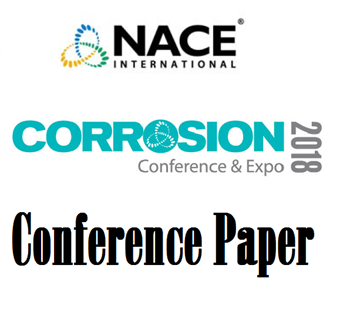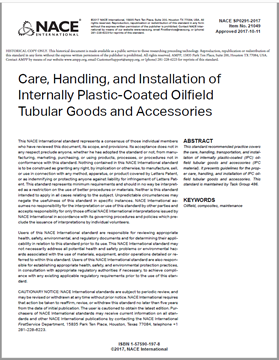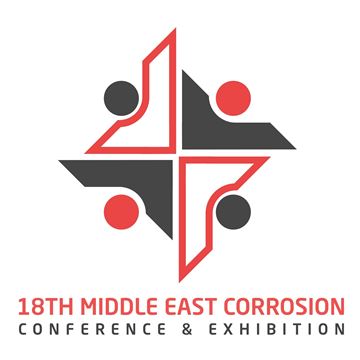Search
Products tagged with 'composites'
View as
Sort by
Display
per page
51318-10818-COMPLIANCE TO ASME PCC-2 STANDARD FOR ENGINEERED COMPOSITE REPAIR SYSTEMS
Product Number:
51318-10818-SG
Publication Date:
2018
$20.00
Advanced Functional Testing for Non-Metallics in HPHT Conditions
Product Number:
MPWT19-14451
Publication Date:
2019
$0.00
Analysis of leak repair testing requirements in ASME PCC-2 and ISO 24817
Product Number:
51323-18934-SG
Publication Date:
2023
$20.00
Corrosion Behavior of Metal-Ceramic Composites
Product Number:
51321-16931-SG
Publication Date:
2021
$20.00
NACE SP0291-2017, Care, Handling, and Installation of Internally Plastic-Coated Oilfield Tubular Goods and Accessories
Product Number:
21049-SG
Publication Date:
2017
$179.00
Non-Metallic Materials for Design and Construction of Mineral Extraction Equipment
Product Number:
51323-19455-SG
Publication Date:
2023
$20.00
Revolutionizing Non-Metallic GRE Tubulars in Downhole Applications: First Deployment of Hybrid Coupler in a Geothermal Well: Case Study
Product Number:
MECC23-20002-SG
Publication Date:
2023
$20.00
The Use of Composites in Facility Integrity Programs
Product Number:
51323-18976-SG
Publication Date:
2023
$20.00
Toward Objective Evaluation Of FRP Corrosion Barrier Condition
Product Number:
51322-17669-SG
Publication Date:
2022
$20.00









